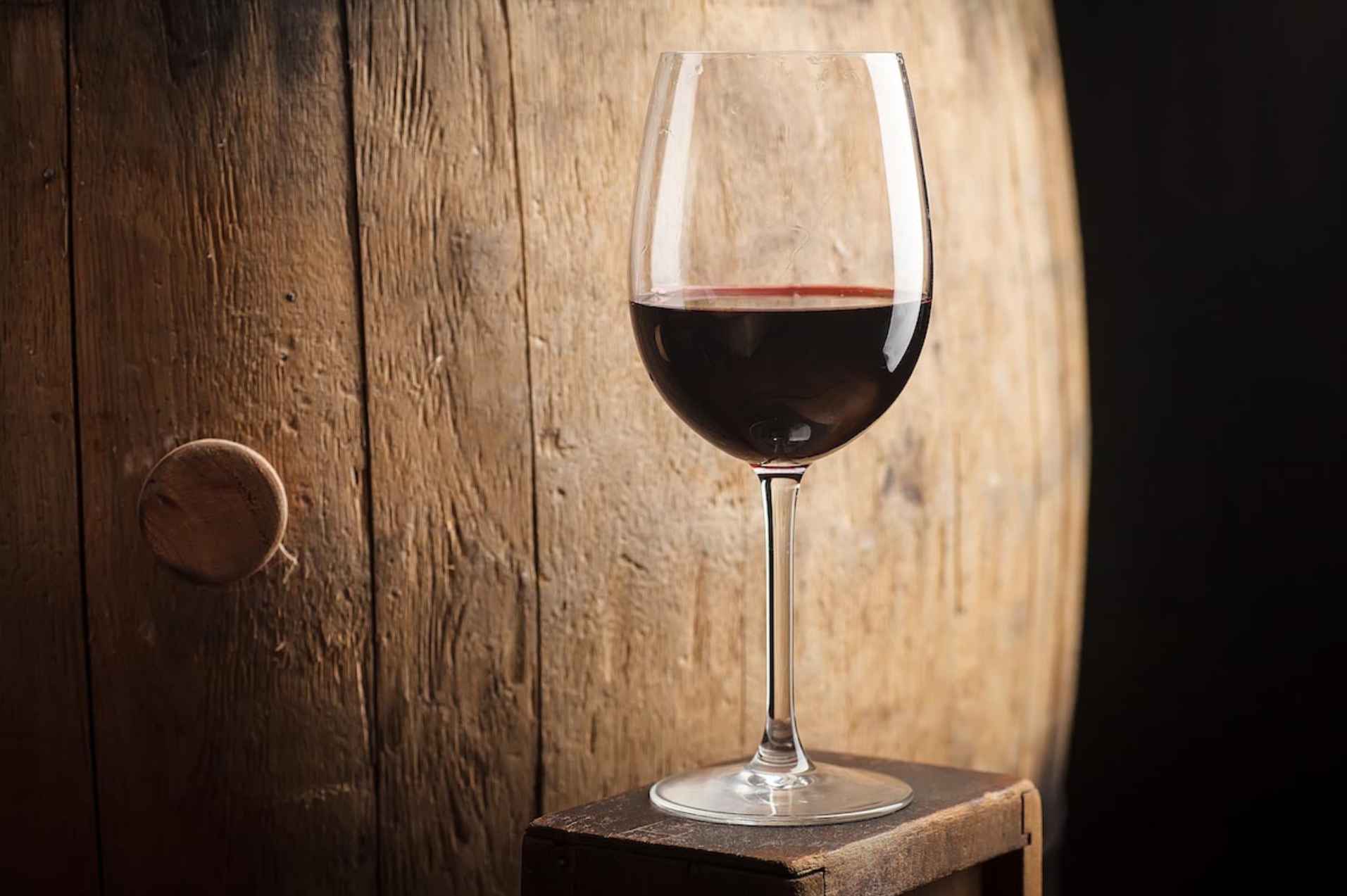Malbec is Argentina’s contribution to the wine world. Thanks to this country’s persevering winemakers, we can enjoy a more pocket-friendly yet tasty red wine. You may be wondering, what is Malbec wine? Read on to know the answer and other interesting facts about this South American wonder.
The Origin of the Malbec Wine
Malbec may be associated with Argentina, but you can trace its roots to the French wine region. It played second fiddle to more popular Bordeaux blends. However, it became a star on Argentinian soil.
The Malbec’s Fate in France
Southwestern France is the Malbec wine’s first home. Known initially as Auxxerois and Côt, it is a natural crossbreed between two French varieties. Presently, the town of Cahors grows most of the Malbec in France. It’s a red wine appellation east of Bordeaux.
Malbec grapes’ popularity didn’t take off in France. Winemakers use them to blend with Bordeaux grape variants. It never got the chance to thrive in the area to pest problems and its predisposition to diseases and rotting.
The grapes also had a hard time growing in the French weather. Farmers planted less of the crop due to fear of damaging the whole land. They resorted to growing limited vines just enough to harvest the wine blends. Growing Malbec in France was full of uncertainties, making it the least favorite in the region.
The Malbec’s Resurrection in Argentina
In 1868, a provincial governor, Domingo Faustino Sarmiento, asked Miguel Pouget, a French botanist, to bring Malbec vine cuttings to Argentina.
The first Malbec grapevine was planted in a town named Mendoza. Due to the area’s high altitude and hot weather, the vines flourished. They grew beautifully and shed all the weaknesses they had growing in France.
This dark-skinned grape found its new home in the vibrant South American country. Argentinian grape growers redeemed its reputation. They cultivated and processed it to be the exceptional single varietal wine it is today.
At present, you can still taste the distinct difference between the French and Argentinian Malbec. Their environment significantly contributed to the texture and flavor of the resulting wine.
How Malbec Conquered the World
Argentina remained Malbec’s exclusive home 100 years after it was first cultivated. They rarely made it out of the country. However, during the 2000s recession, European and American wines became too expensive. People looked for delicious yet more affordable wines. The search for an alternative introduced Malbec wine to the world.
The Malbec Wine’s Taste and Flavor Profile
Malbec wines are easy to drink with or without food. Touted as “Merlot for the working man,” it shares the same easy-to-drink quality as the French classic. However, Malbec’s extra acidity and spice make it taste less refined.
Malbec is an excellent first wine for newbie red wine drinkers. It has a perfect blend of jammy and savory notes. You can experience a red wine’s distinct features without getting overwhelmed by solid flavors. Generally, Malbec is less bold than Syrah or Cabernet Sauvignon.
Generally, Malbecs coming from cooler regions will have dominant raspberry or red cherry flavors. On the other hand, those that grew in warmer places will have more robust blackberry notes.
An Overview of Malbec’s Flavor Profile
| Dominant Fruit Flavors | Pomegranate, raisin, black cherry, blackberry, plum, blueberry, raspberry |
| Other Flavors | Milk chocolate, mocha, molasses, coffee, cocoa, green stem, black pepper, tobacco, gravel |
| Oak | Dill, coconut, vanilla, mocha, chocolate |
| Acidity | Medium |
| Tannin | Medium |
| Temperature | Slightly cool |
| Body | Full-bodied |
| Sweetness | Dry |
| Alcohol by Volume (ABV) | 13.5 – 15% |
Argentinian Malbec Vs. French Malbec
There is a significant difference between French Malbec and Argentinian Malbec. These nuances prove the influence a terroir has on the wine’s flavors. Terroir refers to the environment where the grapes grow. It includes the region’s proximity to water, soil quality, Amount of sunlight, climate, altitude, and weather.
Argentinian Malbec’s Flavor Profile
The Argentinian Malbec exudes the flavors of black cherry, plum, and blackberry. The presence of tobacco notes will depend on the length of oak aging. Meanwhile, some brands may have hints of cocoa powder, leather, violet flowers, or milk chocolate.
French Malbec’s Flavor Profile
While the Argentinian Malbec is bursting with fruit flavors, the French one is the opposite. Every glass has a tart, leathery, slightly bitter, and savory flavor. The spice flavors and the black pepper taste make it more acidic. The Malbec from France usually ages longer due to its moderate acidity and tannin.
This video explores the difference between French and Argentinian Malbec.
The Best Food and Malbec Pairings
Malbec is a versatile red wine that goes well with many dishes. Its fruity notes are a perfect pair with meat and red sauce concoctions. Here are some of the best food and Malbec pairings you can try.
Cheese
Malbec wine and soft, pungent cheeses are a match made in heaven. Load your cheese board with bleu cheese and gorgonzola while having this red wine.
If you want milder cheeses, you can serve melted Swiss cheese, Monterey Jack, Provolone, and Asiago. Gouda and cheddar cheese are also excellent companions to Malbec. It’s interesting to note that Malbec does not have a long finish. Hence, cheeses without a strong taste are usually a good pair.
Meat
Meat lovers would be glad to know that Malbec pairs well with many proteins. Dark poultry options such as roast pork and chicken thighs and legs are always a good choice.
If you’re planning on serving beef, choose flap, hanger, skirt, or filet steak as Malbec’s companion. The fruity flavors of this red wine complement the gaminess of exotic meat. You can have a culinary adventure with ostrich, buffalo burgers, and venison steak.
Vegetables
Malbec goes well with roasted vegetables, mushrooms, potatoes, and bell peppers. It’s also an excellent companion to healthy greens, including kale, arugula, and endives. Dishes with lentils, black beans, and beets also stand out with a glass of Malbec.
Herbs and Spices
Spices with smoky or earthy flavors go well with Malbec wine. You may include thyme, rosemary, parsley, smoked paprika, and cumin in your shopping list when serving this red wine. Dishes with dominant flavors of cloves, green onions, garlic, and shallots are also in harmony with Malbec.
What Not to Pair with Malbec Wine
It’s best to save the Malbec for another time if you’re serving vinaigrette salads, bitter greens, and fishy fish. Like other full-bodied red wines, Malbec does not go well with these dishes.
The wine will become more bitter if served with bitter food. Meanwhile, your wine will taste like a tin can when consumed with fishy flavors that linger. Lastly, the wine will taste flat when matched with highly-acidic food.
Malbec Wine Serving and Tasting Tips
The following are some tips that can help you savor the flavors of Malbec wine better. Knowing the right temperature, serving, and tasting methods will bring out the features of this red wine.
How to Serve the Malbec Wine
1. Serve at the right temperature.
One popular notion is to serve a red wine at room temperature. However, Malbec and other red variants would benefit from a bit of chilling. It’s best to refrigerate a bottle of Malbec for about 30 minutes. It’s enough to make it a bit cold so you can enjoy its full flavors. The goal is to chill it at slightly below room temperature.
2. Use an appropriate wine glass.
A wide-bowled glass is the best vessel for any full-bodied wine such as Malbec. The large glass capacity balances the savory tasting notes and softens the spicy flavors. On the other hand, The glass’s wide mouth enables you to enjoy Malbec’s powerful fruity aromas fully.
3. Decant before serving
Decanting is carefully pouring the wine from its bottle into a decanter or glass container. Most wine connoisseurs consider it art since it needs creative precision. You need to pour the wine without agitating the bottom sediments. It’s not as easy as it sounds and takes practice to perfect.
You can bring out the intense flavors of Malbec when you decant it. It’s best to pour the red wine into a decanter and let it rest for 30 minutes. This process will eliminate any sediments that may hamper your drinking enjoyment. It can also help with the wine’s aeration, which makes all the aromas and flavors come alive.
How to Taste Malbec Wine
Step 1: Use your sense of sight
Examine the wine’s opacity and color by looking through the glass. Then, swirl your glass for 15-20 seconds.
Step 2: Use your sense of smell
Sniff the wine through the glass’s rim and deeply inhale the wine’s aroma.
Step 3: Use your sense of taste
Sip the wine and carefully swish it around your mouth. Take note of the wine’s tannins, sugar, alcohol content, and acidity. Then, identify the tasting notes and watch out for wood, spice, or berries.
Conclusion
When friends ask you, “what is Malbec wine?” you can answer them confidently. This gem from Argentina has conquered the world with its full-bodied flavor. The spiciness and high acidity make it an easy-drinking wine, perfect for casual gatherings. It’s ideal for red wine lovers looking for a more affordable alternative.

George Moore, co-founder of Wine Flavor Guru, is a charismatic entrepreneur with a rich background in California’s wine industry. Alongside Sylvia, he transformed a Sonoma County vineyard into a source of premium wines. George’s expertise in sourcing exceptional grapes and his approachable style make wine appreciation both accessible and engaging.







